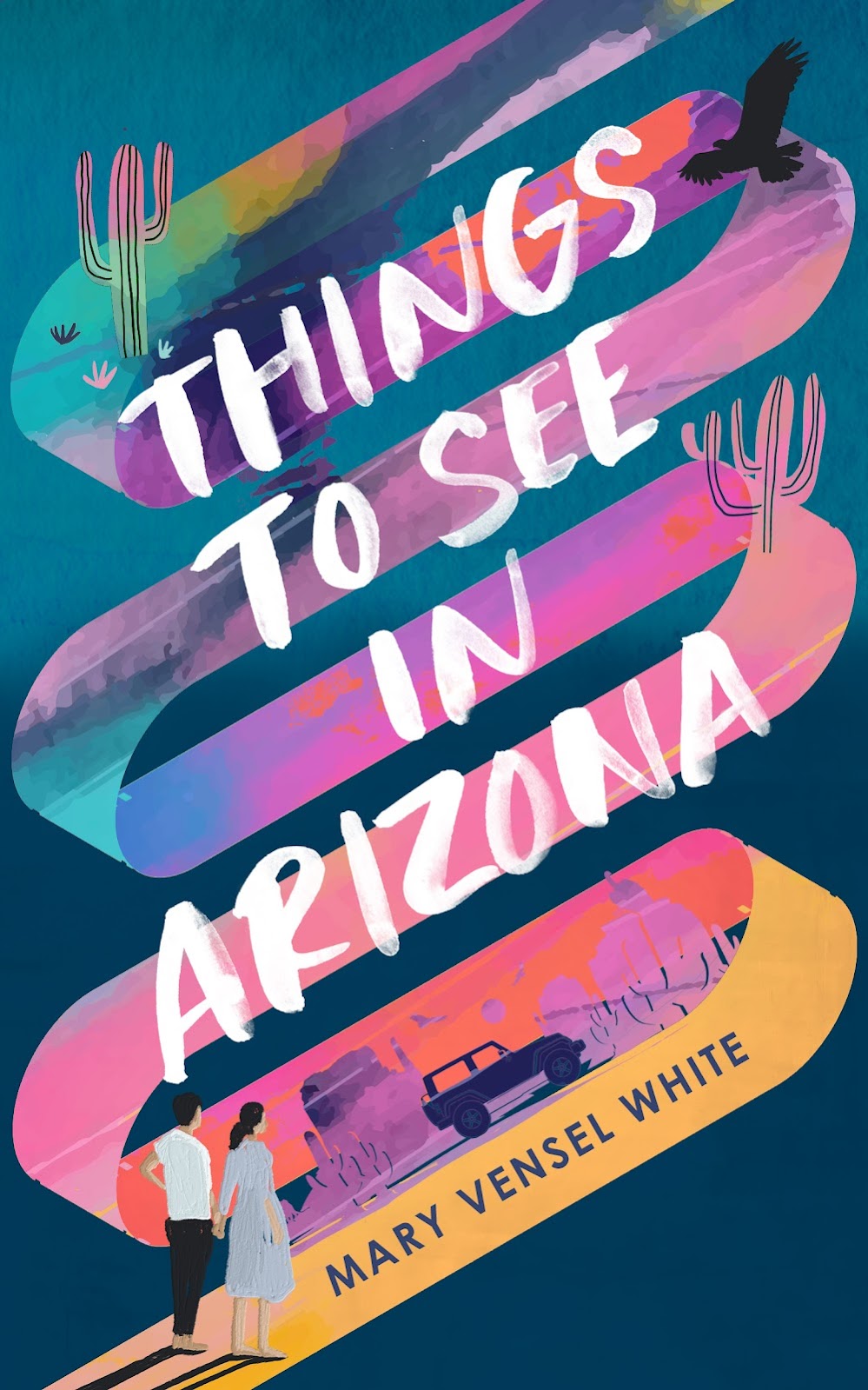I've been working on a story collection for a while. It began as a few vivid scenes I wanted to work out and grew, as scenes sometimes do, into something larger that included more and more people. I began to think about these scenes as a collection of scenes. How would they fit and work together? What would it all mean? Does it need to mean anything?
I decided to read more short story collections this year. As many writers do, I had started with this form and I used to read quite a lot short fiction. But in recent years, I haven't. I wanted to amend that, noticing especially how the collections were constructed and linked and paying attention also to structure, style, stuff like that.

My first choice, This Close by Jessica Francis Kane, was a fabulous start. These stories were right up my alley--evocative and character-rich, poking and prodding into those unspoken, sensitive aspects of being human. And the form of the stories was along the lines of what I'm doing with my collection: content dictates size and shape. A "story" can be pages long, or just a few paragraphs. As for the link between stories, the collection concerns itself with the connection and chasms between people, the ways they can come "this close" to true communion but fall short. I loved this one, and I talked more about it here.
Megan Mayhew Bergman lives on a Vermont farm with a menagerie of animals, and her stories all include some type of bird or beast. But Birds of a Lesser Paradise is bound together by something deeper; Bergman seems to be examining the ways that the natural world shape human behavior and the conflicted relationship we sometimes share with the animal kingdom. I found these stories touching and immediate, the writing assured and insightful. Also, Bergman maintains a very personable blog here.
One of my favorite books of 2012 was Jess Walter's Beautiful Ruins, so I was excited to see a collection of stories follow. We Live in Water is peopled with outcasts and broken characters, the "fringe" people Walter's been known to write about at other times. If the stories have any cohesiveness, I suppose it's a general feeling of hopelessness, an army of lost men (because all the main characters are men) who have failed in some way and have no way to redemption. Sound depressing? Well, it was. It's true that I tend to reside in the "glass half full" camp but I just didn't find much to grasp onto in these stories--no way to empathize, no enjoyment, and in the end, the weight of the overall outlook was just too crushing.

When I feel a bit disappointed with myself for not enjoying Walter's stories, I remind myself that I loved Assorted Fire Events by David Means, which isn't exactly a feel-good-walk-through-the-park collection either. And yet, I loved it. In short: Means' writing will change the way you look at stories and writing in general. To say I loved this collection is the understatement of the year. It is brilliant, and I wrote more about it here.
Writers take note: Rebecca Lee's Bobcat and Other Stories was years in the making. You may find this comforting or discomfiting, depending where you are with your own writing. Lee, a self-confessed "glacially slow" writer (interview: here) includes stories in this collection that were written over a long period of time and as such, probably don't have an intended thematic or structural glue. But Lee is a gifted observer and careful wordsmith; her stories have the feel of polished stone. There are moments of great insight and surprise, and characters you'll remember after finishing. She too deals in human congress, private and public, in a slightly more formal way. Some may find these stories a bit too academic for taste, but they are certainly well-formed and a pleasure to read.
I read Kristiana Kahakauwila's This is Paradise while in Hawaii, the "paradise" of which she writes, and this may have added to my enjoyment of it. Honestly, one of the strengths of the collection is the way Kahakauwila evokes time and place, so I have to think I would have loved it no matter where I read it. Her Hawaii is a crossroads between past and present, reality and lore, American and Hawaiian culture. Like Lee's Bobcat, the stories of This is Paradise are longer, more traditional if you will. Kahakauwila's collection is just six stories, long enough to settle in and get acquainted, long enough to really set the scene with details and nuances. I sometimes think the highest compliment I can pay a writer is that I read their work slowly, and this is certainly the case with This is Paradise. Each story was vivid and sensory, and each one surprised me in some way. I read the whole thing very slowly, wanting to stop and savor each story at its completion.
I plan to keep up with my short fiction reading. At this point, I can't draw any conclusions about how modern story collections are constructed other than to say they are as varied and rewarding as novels, each with its own character and form. I'm happy to hear your recommendations for other collections I should try.














0 comments:
Post a Comment